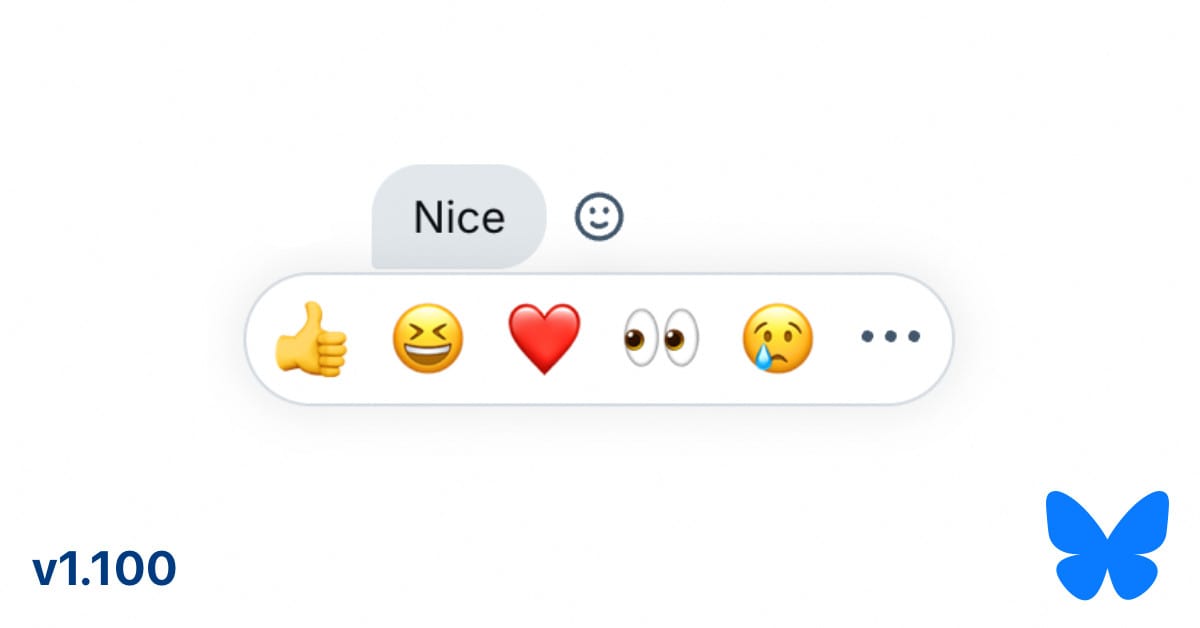Bluesky introduces redesigned search and emoji reactions for DMs
Bluesky's new features enhance user experience by making search more efficient and private messaging more expressive
Bluesky is shaking things up with some exciting new features that promise to enhance how users interact on the platform.
The social network, known for its decentralized approach, is now introducing a redesigned search function and emoji reactions for direct messages (DMs) with its version 1.100. While these updates might seem small, they could potentially lead to a more refined user experience over time.
The first change is a redesigned search function, now called the "Explore" page. This page replaces the previous search setup and aims to offer a more dynamic approach to content discovery. The new layout is designed to make it easier for users to find trending topics, recommended accounts, and curated starter packs. While there are no concrete numbers on how this update has affected user engagement yet, the intention seems to be improving content exploration by offering a more personalized experience.

Along with the redesigned search function, Bluesky is adding emoji reactions to DMs. Users can now quickly react to messages by pressing and holding to choose from a range of emojis. While this type of feature isn’t new and is already available on many other social platforms like Instagram and TikTok, it could bring a new level of expressiveness to conversations on Bluesky.

These updates are reflective of the broader trend across social media platforms to adopt features that have become standards in the industry. For example, X (formerly Twitter) has already implemented both a dynamic search experience and emoji reactions. By adding these familiar tools, Bluesky is positioning itself to stay competitive in the crowded social media space.
Ultimately, while these updates might seem incremental, they reflect Bluesky’s ongoing efforts to stay relevant and user-friendly in a fast-evolving social media landscape. Even small adjustments can shape how users interact on the platform, and these changes may help create a more engaging and expressive environment moving forward.








